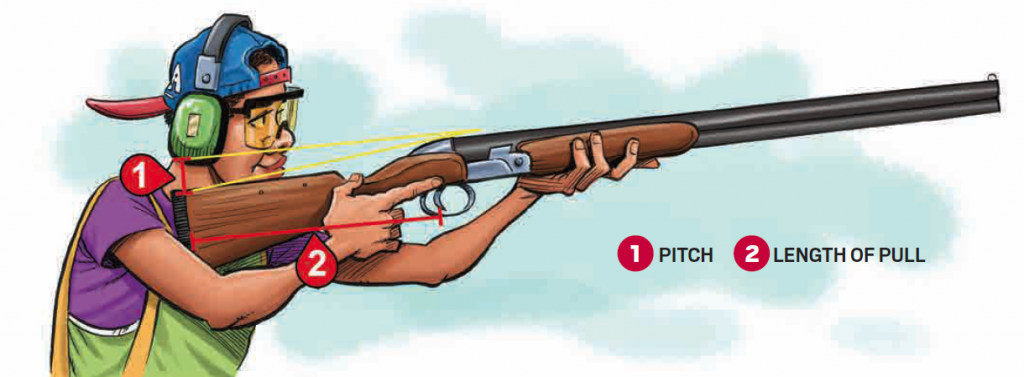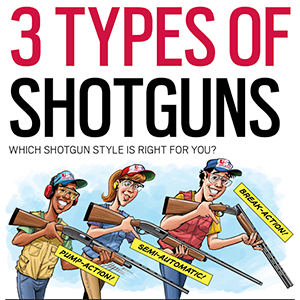 It’s getting close to the beginning of the season, and you have decided that you are ready to purchase a new shotgun or—even better—acquire that coveted shotgun that has been sitting in your grandfather’s gun cabinet for years. In many families it’s tradition to pass along shotguns, and for many there’s a sense of pride when one of your elders sees you squeeze the trigger for the first time. I know I will never forget the first shotgun my father handed me. As he gifted me the shotgun, he told me the story about how he acquired the gun, and that it was the perfect gun for an up-and-comer like me.
It’s getting close to the beginning of the season, and you have decided that you are ready to purchase a new shotgun or—even better—acquire that coveted shotgun that has been sitting in your grandfather’s gun cabinet for years. In many families it’s tradition to pass along shotguns, and for many there’s a sense of pride when one of your elders sees you squeeze the trigger for the first time. I know I will never forget the first shotgun my father handed me. As he gifted me the shotgun, he told me the story about how he acquired the gun, and that it was the perfect gun for an up-and-comer like me.
ONE SIZE DOES NOT FIT ALL
When I picked up the shotgun my father gave to me and held it into position, I noticed right away that something didn’t feel quite right. As I was racking my brain trying to figure out why I couldn’t see down the rib of the barrel properly, it dawned on me that this shotgun didn’t fit me. How is that possible, I thought. Aren’t all shotguns made to fit everyone? I quickly learned that’s not the case.
Since no two people are alike, each shotgun will fit differently. “Gun Fit” is the process of properly fitting a shotgun to your unique body style. When fitting a gun, there are two key things to take into consideration: “Length of Pull” and “Pitch.”
LENGTH OF PULL
Gun fit starts by checking the Length of Pull, which is the distance measured from the trigger to the heel, toe and middle of the end of the stock. As part of Gun Fit, checking the Length of Pull will quickly help you diagnose if the stock is too long, too short or just right.
For stocks that are too short, adjusting the Length of Pull is easy—add spacers or extra pads to the butt plate on the stock to extend the length. For stocks that are too long, one can always find a gunsmith to cut it down, but a better option is to find a shotgun with a shorter stock—a youth model might be the better choice. Ultimately you want a stock to fit you perfectly with just minor modifications.
Once you are comfortable with the Length of Pull you can start resting your cheek on the comb to see where your eyes line up down the barrel.
PITCH
All shotgun stocks are made with a certain degree of Pitch. Pitch is the measurement of the angle from the back of the rib to the top of the heel. Field shotguns often have a high degree of Pitch. Their stocks often slope back considerably, while trap and skeet shotguns have a very low pitch—the line from the receiver to the back of the stock is very straight.
Try taking a straight edge such as a ruler or yardstick and rest it on the rib so that it extends back over the stock. Measure the distance from the top of the heel to the bottom of that straight edge and then you will know the Pitch of that shotgun. Knowing the Pitch of your gun is extremely valuable because adjusting your Pitch will adjust the height of your shot. Trap targets are thrown away from us while on the rise so it’s important that your eyes are at rib height ready to see the target as soon as it leaves the house.
Depending on the style of shotgun you have, you may be able to adjust the Pitch by either raising or lowering the adjustable comb. If you are one of those athletes that’s determined to shoot trap with your favorite field gun, you also have options! Talk to your coach or gunsmith, there are several aftermarket accessories such as cheek pieces that can be added to the stock of your shotgun ensuring the best possible Gun Fit. ✪




